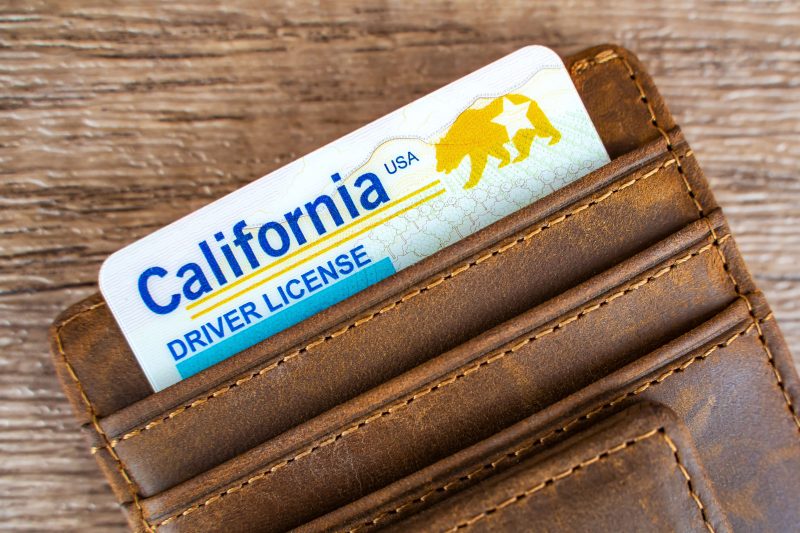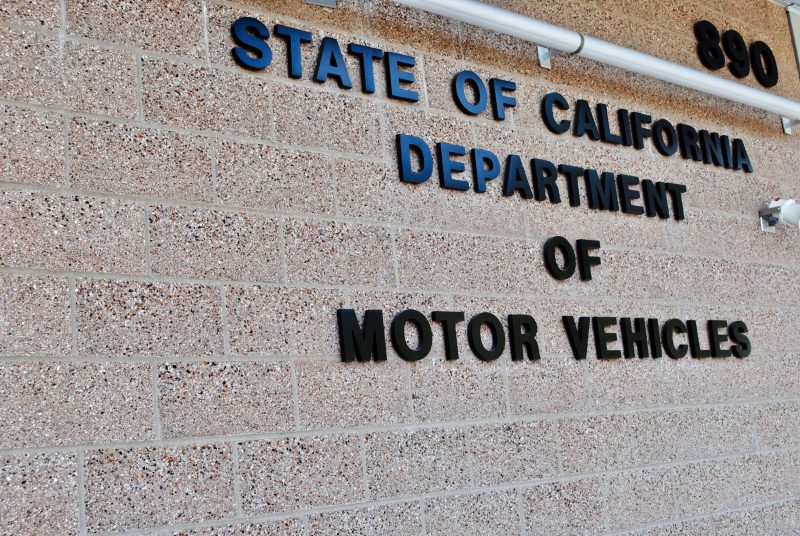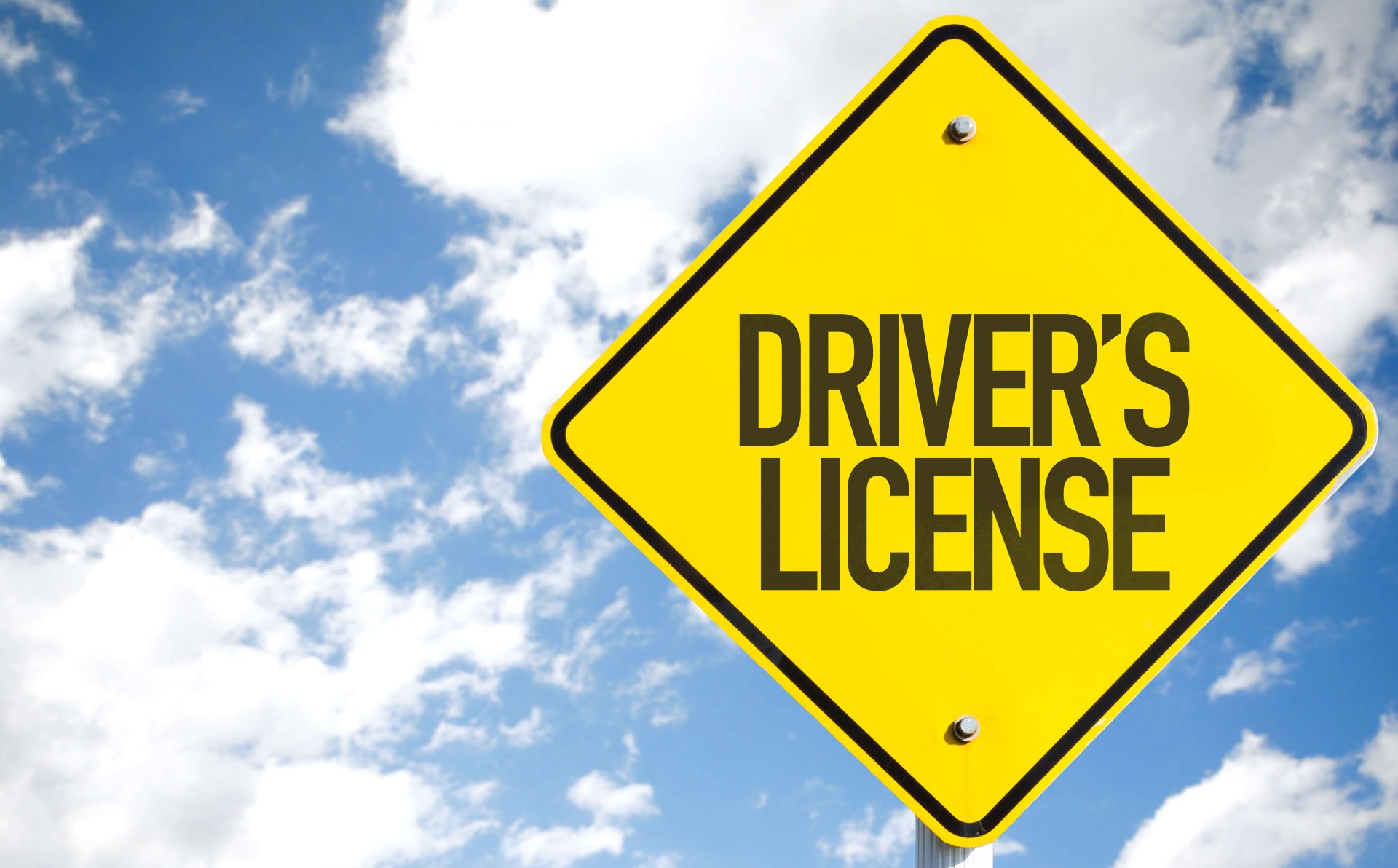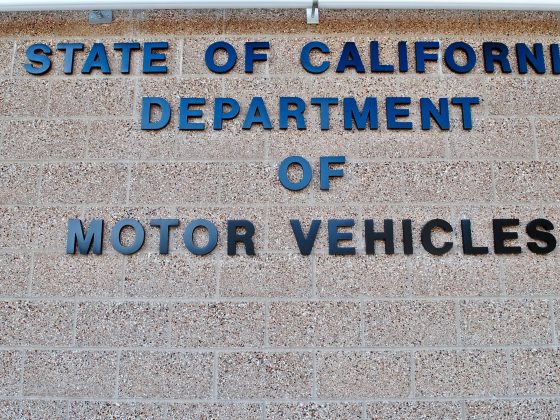As you know, here at eTags we’re into all things automotive related. Wanna talk about tires? We’ll roll with it. Need to transfer a title? Sign us up. Mulling over moving your car to a new state? We’re all about changes. Considering an EV versus gas-powered for your next ride? We’re fueled up for that debate. But what about when it comes to legal issues? Things like rules and regulations, insurance requirements and road laws. Well, we love to wrap our minds around all that too.
Use eTags© to Quickly Complete Your DMV Service. Renewals, Title Transfers and More, All Online!
Sometimes, the subject at hand is a bit of a sticky one. For example, what happens in the state of California if your driver’s license becomes suspended? Sure, no one wants to consider that possibility, but seeing as how it does happen and how it is automotive related, we’re going to dive into the topic a bit. Because just in case this is a situation you’re facing at the moment (or could potentially face in the future), it’s good to know the ins and outs.
Here’s the lowdown on driver’s license suspension in the state of California.
First, let’s look at what a suspension is. In the Sunshine State, either the DMV or the courts have the right to withdraw your driving privileges, prohibiting you from operating any kind of motor vehicle. If your license is suspended, you will not be allowed to drive until your permission is reinstated by the party that originally revoked it.

Next, we look at some of the reasons a driver’s license could undergo suspension:
- Driving without insurance. This could get your up to four years of suspension.
- Failing to report an accident.
- Driving while under the influence of drugs or alcohol.
- Drinking while underage.
- Failing or refusing to allow a drug or alcohol test to be performed if you are suspected of being under the influence.
- Accumulating too many points on your driving record.
- Committing vandalism
- Missing a mandatory court appearance for a driving ticket.
- Refusing to pay obligatory child support.
Okay, so now that we are familiar with the reasons a person could have their driver’s license revoked in California, the next logical question is, how do you go about getting it back. Well, it depends. (Doesn’t it always depend?!)
In the case of a DUI, generally the first offense will see you serving a minimum of six months off the road, during which time you will need to complete a DUI treatment program. Based on what your blood alcohol level was at the time of your violation, you may face a nine or ten month program requirement before reinstatement will be issued.
After your suspension period has ended, you will be responsible for paying a $125 reissuance fee to the DMV and file proof of financial responsibility, using the form SR-22.
A note on form SR-22: this form is a document that your insurance company -licensed by the California Department of Insurance – must file with the DMV proving that you have purchased additional policy coverage. In the event that you are unable to acquire this extra coverage, you can contact the California Department of Insurance for assistance with this issue at: 800.927.HELP.

You will also be required to show proof that you attended and completed your DUI treatment program with a certificate of completion (DL-101).
If at the time of your violation you were suffering from a mental or physical disorder, you will be asked to provide a Driver Medical Evaluation (DS-326). This – or other satisfactory proof – must indicate that you are no longer experiencing the disorder and that you are able to safely operate a motor vehicle.
In the case that your license was suspended due to your having no car insurance and having been involved in an accident, you will likely experience a one-year suspension. After this time, you can pay the standard reissuance fee of $125 and file proof of financial responsibility with the form SR-22.
For either an unpaid traffic citation or failure to appear in court for a traffic ticket, there are a few requirements to retrieve your driving privileges.
- Simple enough: pay whatever fine is owed for your citation.
- Make your mandatory appearance in court.
- Having executed one or both of the above, you will be issued an FTP/FTA abstract stating that you have completed your court requirements.
- Remit the reissuance fee of $55 to the DMV. In some rare cases, this fee could actually go as high as $275, but $55 is the standard.

For the most part, the above mentioned cases are your general causes of and resolutions for license suspension. There is, however, another option that can sometimes act as an alternative for undergoing full suspension until the time of reissuance.
Conditional to the reason for your suspension, you might be eligible to qualify for a restricted license.
A restricted license allows you to drive to a limited number of places during the period of your suspension. For example, if your driving privileges were revoked for reasons of DUI (and your license is a non-commercial license), you will first have to show proof of enrollment in a DUI treatment program. Then, after a mandatory 30-day suspension, you could be afforded the ability to drive to and from the DUI program as well as to your place of work.
If you do happen qualify for the temporary restricted license, you will have to pay the $125 reissuance fee (or $100 if you were under the age of 21 at the time of the violation). Restricted licenses can be applied for and obtained in person at your local DMV office.

Now, no one wants to endure any of these things, we know. But since life occasionally throws us curve balls, it’s good to have am idea of the what’s, why’s, how’s, to arm us with information. So if you find yourself in this sort of pickle, at least you’ve got the resources to understand the steps you will have to take in order to get yourself safely back behind the wheel and on the road.








